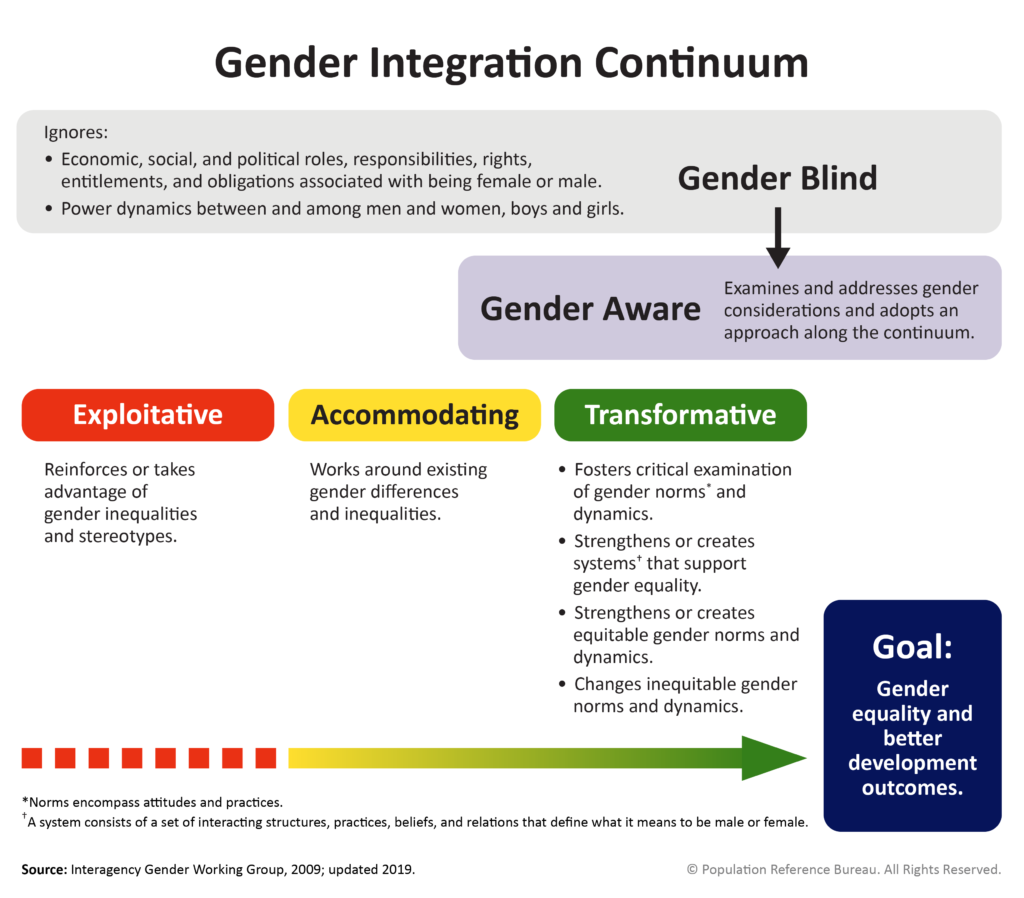Breakthrough ACTION developed the Gender Analysis Toolkit for Vaccine Response for risk communication and community engagement actors working with national health authorities and other partners to develop, implement, and monitor a vaccine response. This toolkit provides practical guidance to identify gender related barriers that need to be addressed and identify opportunities that can be leveraged to enable a gender equitable vaccine response that increases coverage for all.Read More
Toolkit
A Provider Self-Assessment Tool to Measure Gender Competency for Family Planning Services
This tool provides a method for measuring the knowledge, attitudes, and skills of individual providers in six domains of gender competency: gender sensitive communication, promoting individual agency, supporting legal rights and status related to family planning, engaging men and boys as partners, facilitating positive couples’ communication and cooperative decision making, and addressing gender-based violence. By completing this self-assessment, providers can determine their current level of gender competency, and thereby identify areas of strength and weakness in each domain. Read More
Toolkit for Placing Gender Equality and Care in National Policies in Response to Covid-19
The purpose of this toolkit is to support governments and national stakeholders in incorporating a strategic focus on care and gender equality into COVID-19 response and recovery action. The toolkit uses a step-by-step approach and shares examples that can be adapted to specific country contexts, taking into account economic preconditions, institutional structures, as well as traditions and cultures that profoundly shape the provision of care. Read More
Toolkit to Address Gender-Based Violence in Agriculture and Market Systems Development
This toolkit provides practical, how-to guidance on preventing, mitigating, and responding to gender-based violence (GBV) for agriculture and market systems development technical staff and gender and social inclusion advisors. The toolkit focuses on GBV within the context of day-to-day agriculture programming. Read More
Choices and Challenges
The Choices and Challenges tool highlights trends in women’s contraceptive uptake, discontinuation, and method-switching by age group, as well as reasons for discontinuation and related reproductive outcomes, in an accessible, user-friendly format. The 2022 update now includes data for Liberia and Rwanda. The web feature is designed to support policy and program decisionmakers in delivering high-quality, client-centered care that enables women and couples to make the best family planning choices for themselves. Read More
Integrating Mental Health and Psychosocial Support Into Youth Programming: A Toolkit
This toolkit provides strategies and tools for designing, implementing, and evaluating mental health and psychosocial support programs and activities for youth in low- and middle-income countries and conflict-affected contexts. The toolkit provides helpful guidance, tips, and resources on where to start and how to program effectively in development and humanitarian contexts. The toolkit is also available in Arabic and French. Read More


